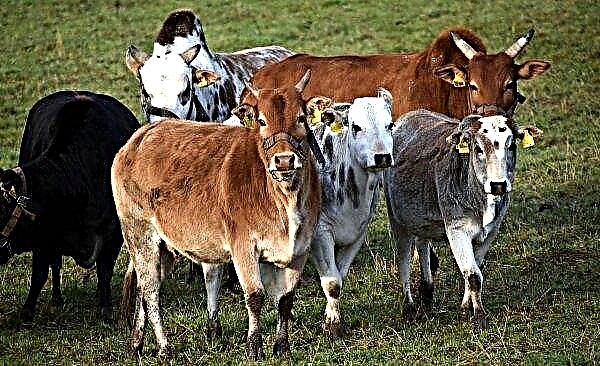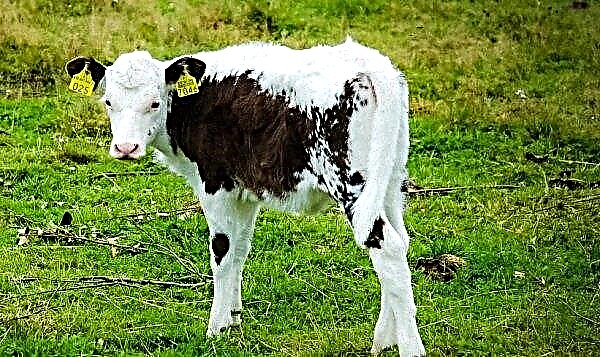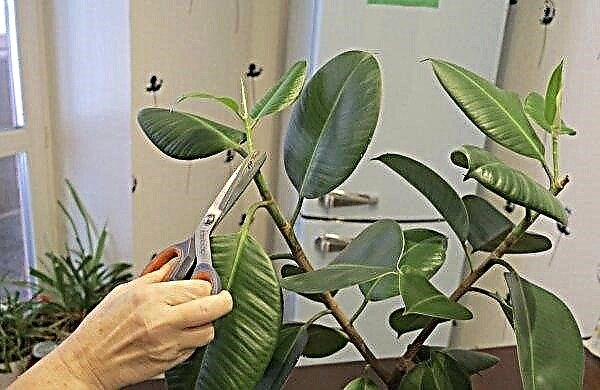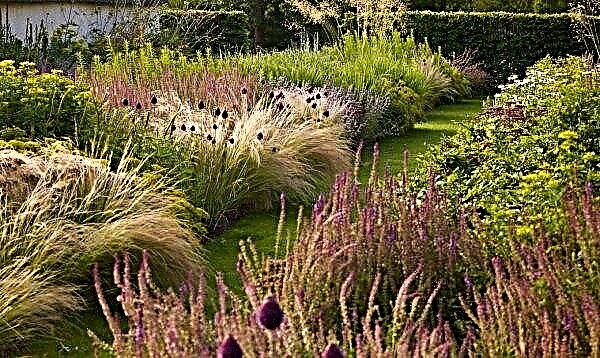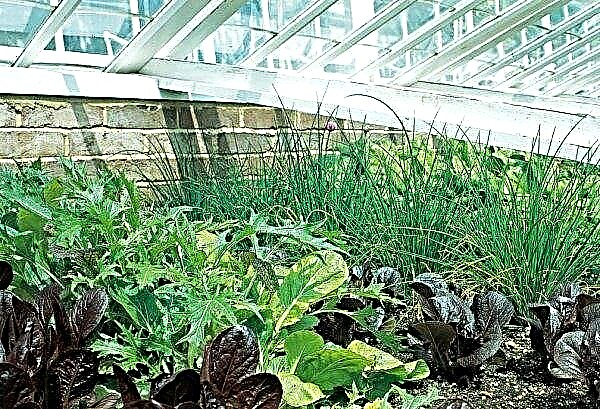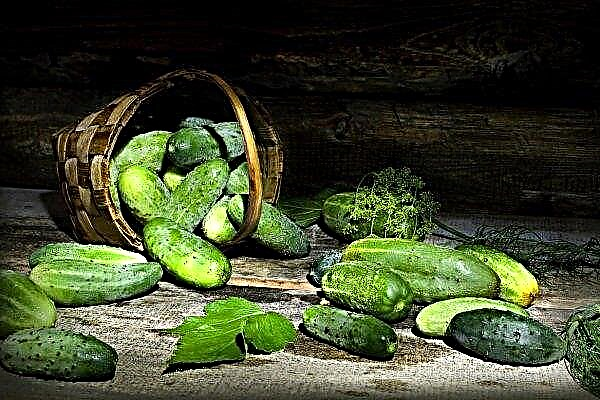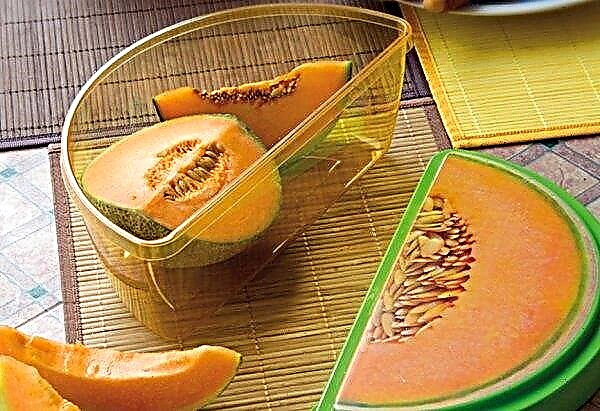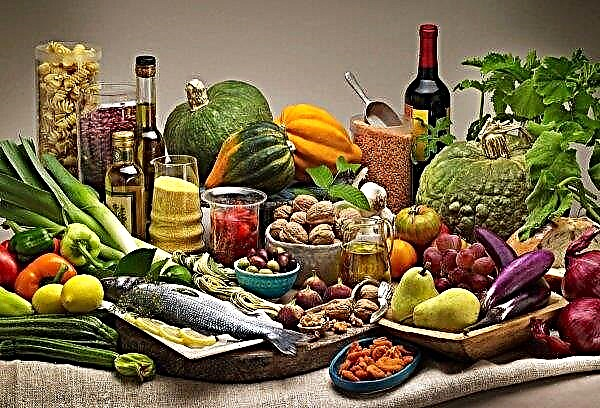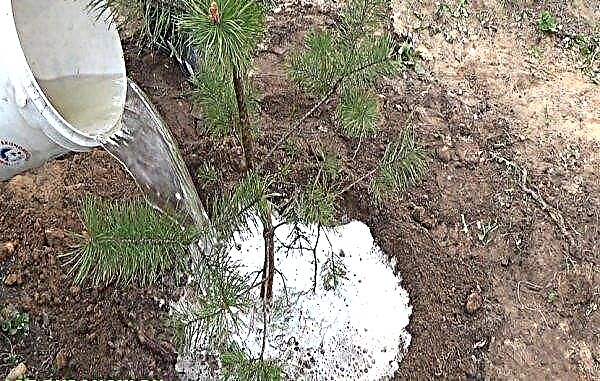Many people like chanterelle mushrooms for their pleasant taste. However, not everyone knows about the beneficial properties of the product. But this is almost a miracle cure that allows you to treat many diseases! Description with photos, chemical composition and scope are discussed below.
Mushroom description
Probably, every experienced mushroom picker knows what the chanterelles look like. However, people who are far from “silent hunting” cannot always distinguish them in appearance. Before going to the forest, it is important to remember the description. Also explore the frequent places of spread of the fungus so that you do not wander around the forest for a long time in vain.
What does it look like?
Outwardly, the mushrooms look like an inverted umbrella or funnel. The hat and leg are fused. Mushroom caps are smooth with inverted wavy edges, the shape is uneven. The skin color is matte yellow, in rare cases, yellowish-white. The diameter of the cap is on average 7 cm, but small (up to 5 cm) and large (up to 10 cm) are found. The peel is removed poorly.
The leg is lamellar, either of the same color with a hat, or slightly lighter. The height is not more than 7 cm. The thickness of the legs is up to 2 cm. The flesh in the cap is dense and smooth, in the area of the legs it is fibrous. The smell of peeled mushroom is similar to the aroma of dried fruit. It tastes flesh with sourness.
Where is it growing?
The main habitat is coniferous and mixed forests in temperate regions. The mycelium combines with the roots of the trees, so the chanterelles grow near:
- oil;
- pines;
- beech trees;
- oaks.
 When setting out on a forest harvest, carefully inspect the accumulation of moss and grass. Chanterelles grow in groups, so where one mushroom grows, you can collect a dozen others. Ripen in two stages: in June and from August to October. The active growth period begins after rains with thunderstorms.
When setting out on a forest harvest, carefully inspect the accumulation of moss and grass. Chanterelles grow in groups, so where one mushroom grows, you can collect a dozen others. Ripen in two stages: in June and from August to October. The active growth period begins after rains with thunderstorms.Edible or not?
When it comes to chanterelles, basically refers to an ordinary variety. The mushroom corresponding to the above characteristics can be prepared and eat without fear. This type is used for medicinal purposes. The main thing is not to confuse it with poisonous and inedible doubles.
Varieties and doubles
Amateur mushroom pickers speak of the chanterelle as one species. However, the mushroom known to most is only one species. He has doubles, and not only edible, but also poisonous. It is important to learn to distinguish them so as not to endanger yourself.
Did you know? The name "fox" comes from the Old Slavonic "fox", which means "yellow".
The main variety is ordinary chanterelle, or yellow. Popularly called mushroom "cockerel". It can be determined by the description above. The yellow variety is quite edible and healthy.
The common chanterelle has edible and inedible doubles. You can distinguish them by their appearance or place of growth. Safe similar species include faceted chanterelle, velvety and yellow hedgehog.
| Variety | Difference from the main view |
| Faceted fox | The pulp is brittle, the leg is smooth. |
| Velvet fox | It has a rich orange color. |
| Yellow hedgehog | The leg is not lamellar, but spiked. |
Inedible doubles are the most dangerous. Omphaloth olive and false chanterelle are considered such.
| Variety | Difference from the main view |
| Omphalot olive | Orange-red, closer to brown, grows on dying trees, toxic. |
| False fox | Bright color, smooth edges, thin stalk, grow individually on decaying trees, according to various sources, either inedible or poisonous. |

Growing
Chanterelles can be grown on their own site. An important condition is the planting of mycelium under the trees, which form mycorrhiza with them. These include spruce, pine, oak and beech. The tree should grow in your area.
There are three ways to plant mushrooms on your own territory:
- From the forest mycelium. The material can be prepared independently. To do this, in September-October, go to the forest. Having found the place where the chanterelles grow, dig the top layer of soil. There will be whitish fibers in the soil - this is planting material. Pour the dug up earth into a bag or box and leave in the cellar until spring. Do not close the container with soil so that the mycelium is enriched with oxygen. By mid-spring, plant the soil with mushroom fibers in the holes previously dug in the garden.
- From purchased mycelium. For planting, you need to buy material removed in the laboratory. You should also bring land from the forest. Soil is taken from the plant near which the mushrooms will grow at home. That is, if you plant mycelium near a spruce, take soil near the same tree in the forest. Next, dig holes in your area, cover planting material, cover it with brought forest soil and water it.
- From the mushrooms.Remove the mushrooms from the legs. Place the hats in a bucket and fill with water so that the material is completely soaked. Add 1 g of sugar to 1 liter of water, mix. Cover the bucket and leave to insist on the day, you can for a day. When the hats are saturated with sweetened water, mash the raw materials into porridge and strain the liquid into a separate container. Dig holes near a suitable tree, pour with expressed liquid and spread equal parts of crushed pulp. Bury the material with soil and water again.
Video: growing chanterelles at home
Mushroom benefits
Chanterelles have a rich chemical composition. Among the product components:
- vitamins A, B1, B2, B3, C, E, D2;
- beta carotene;
- chitinmannosis;
- ergosterol;
- trametonolinic acid;
- essential amino acids;
- copper;
- zinc.

- The product saturates the body with vitamins and nutrients, due to which:
- boosts immunity;
- removes parasites from the body;
- cleanses the liver;
- balances blood sugar;
- stops the development of cancer cells.
Cooking Application
Chanterelles are widely used for cooking. The product can be fried, baked, stewed, boiled, dried and canned. During heat treatment and salting, the acidity in the pulp disappears. Worms practically do not start in the hat and leg, which is why the product in the Jewish cuisine is considered kosher.
Medical use
Chanterelles often use naturopaths to treat patients. Mushrooms are used in folk medicine for oncology, infection with parasites, liver diseases and diabetes.
Important! The most useful mushrooms grown in the forest, and not under artificial lighting, as they contain more vitamin D2.
In cancer therapy, conservative methods need to be treated, but chanterelles help as an adjunct therapy. Polysaccharides, amino acids and vitamins in the product prevent the division of cancer cells. There is also an increase in immunity.
Traditional doctors offer the following prescription for patients with cancer:
- Dry 250 g of mushrooms in the oven or in the sun.
- Pour dried mushrooms with 750 ml of vodka.
- Leave the medicine to infuse for 1.5 weeks.

The drug is taken half an hour before the first meal of 1.5 tsp. daily. The course of treatment is 3-4 months. The product is effective in parasite infection. It contains chitinmannose, a natural polysaccharide that acts as an anthelmintic. The substance destroys worms and removes parasite eggs from the body.
Important! At + 60 ° С and after contact with the salt, chitinmannosis disintegrates. To remove helminths, dried or infused mushrooms that have not undergone heat treatment and salting are used.
It is useful to introduce chanterelles into the diet when diabetes. With a calorie content of 20 kcal per 100 g, the product contains 7 g of fiber. This is a high indicator, given the low content of fats and carbohydrates (1 g per 100 g). Due to its saturation with vitamins and fiber, mushrooms are recommended for the diet of patients with diabetes.
Preparations based on this variety of mushrooms are an effective remedy for liver cleansing. The effect is due to ergosterol. This substance improves the enzymatic functions of the liver. The polysaccharide K-10 as part of the product acts as a hepatoprotector. The liver also protects trametonolinic acid. Thanks to active substances, chanterelles inhibit the causative agents of viral hepatitis and improve the protective properties of the body.
Video: chanterelles from parasites
Phytotherapists recommend a course of liver cleansing. For treatment, use the following recipe:
- Dry the mushrooms.
- Grind the product into powder.
- Two tbsp. the resulting raw material pour 400 ml of vodka.
- Leave the product to infuse for 14 days.
Take the drug for 1 hour daily after waking up before meals and after dinner. The course of treatment is from 3 months to six months.
Did you know? The Vikings believed that the chanterelles contain a large number of aphrodisiacs. After the wedding, the newlyweds were served dishes with these mushrooms to increase potency.
Mushroom danger
The greatest harm is observed from chanterelles growing in ecologically disadvantaged areas. This type of mushroom belongs to the medium-accumulating radionuclides. In particular, cesium-137 accumulates in the pulp. Mushrooms harvested in regions that are even slightly contaminated with radiation do more harm than good. It is also dangerous to harvest forest growing near roads and railroads, factories and factories.
The use is also contraindicated:
- children under 7 years old;
- during pregnancy;
- during breastfeeding;
- with diseases of the gastrointestinal tract.
 False chanterelles, which cause poisoning, are also dangerous.
False chanterelles, which cause poisoning, are also dangerous.
When collecting chanterelles in the forest, make sure that they exactly match the description. By mistake, you can take a false variety, and this is fraught with poisoning. But do not be afraid because of this "silent hunt." A prepared mushroom picker will delight itself and loved ones with a delicious and healthy forest harvest.

